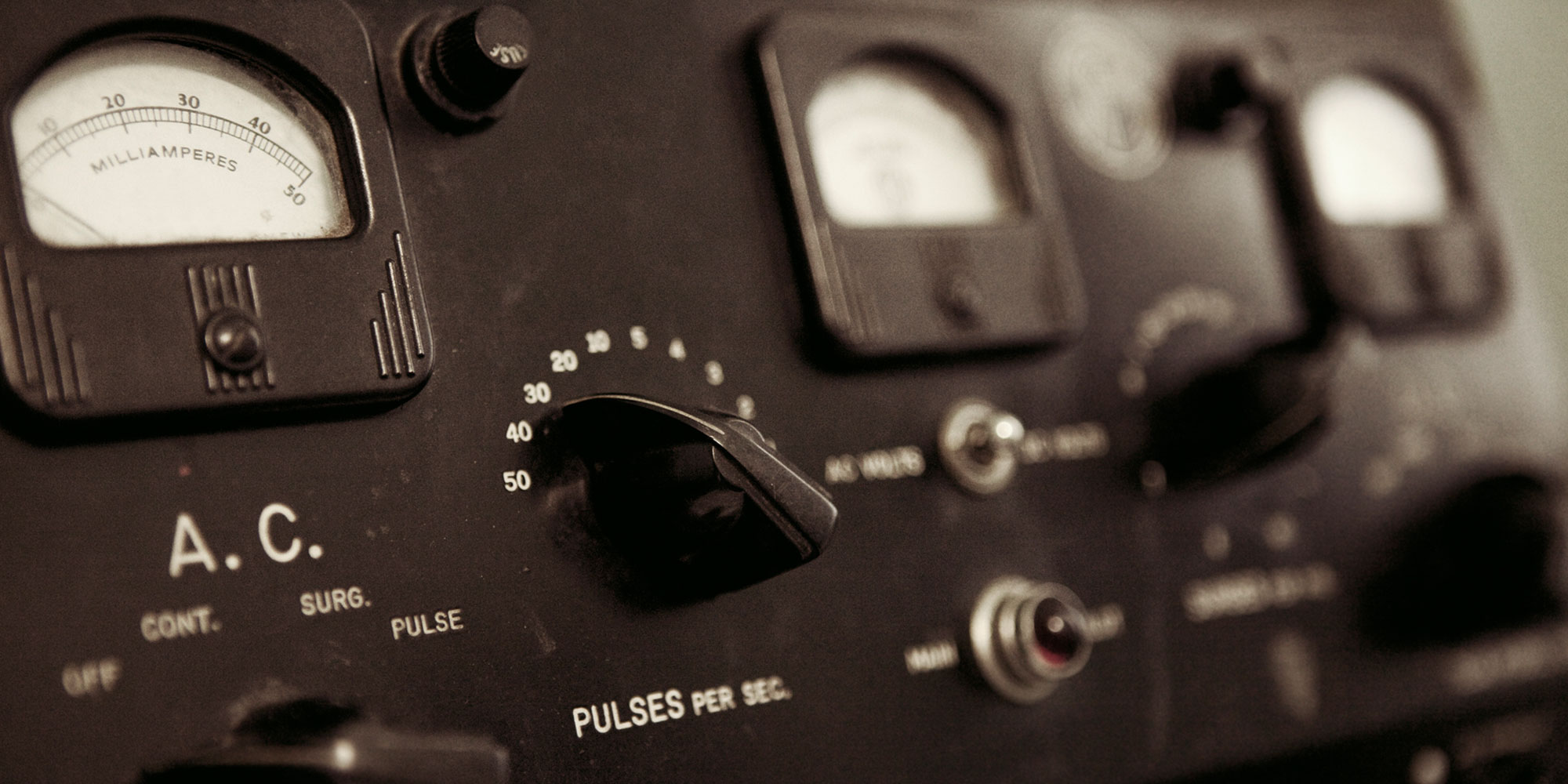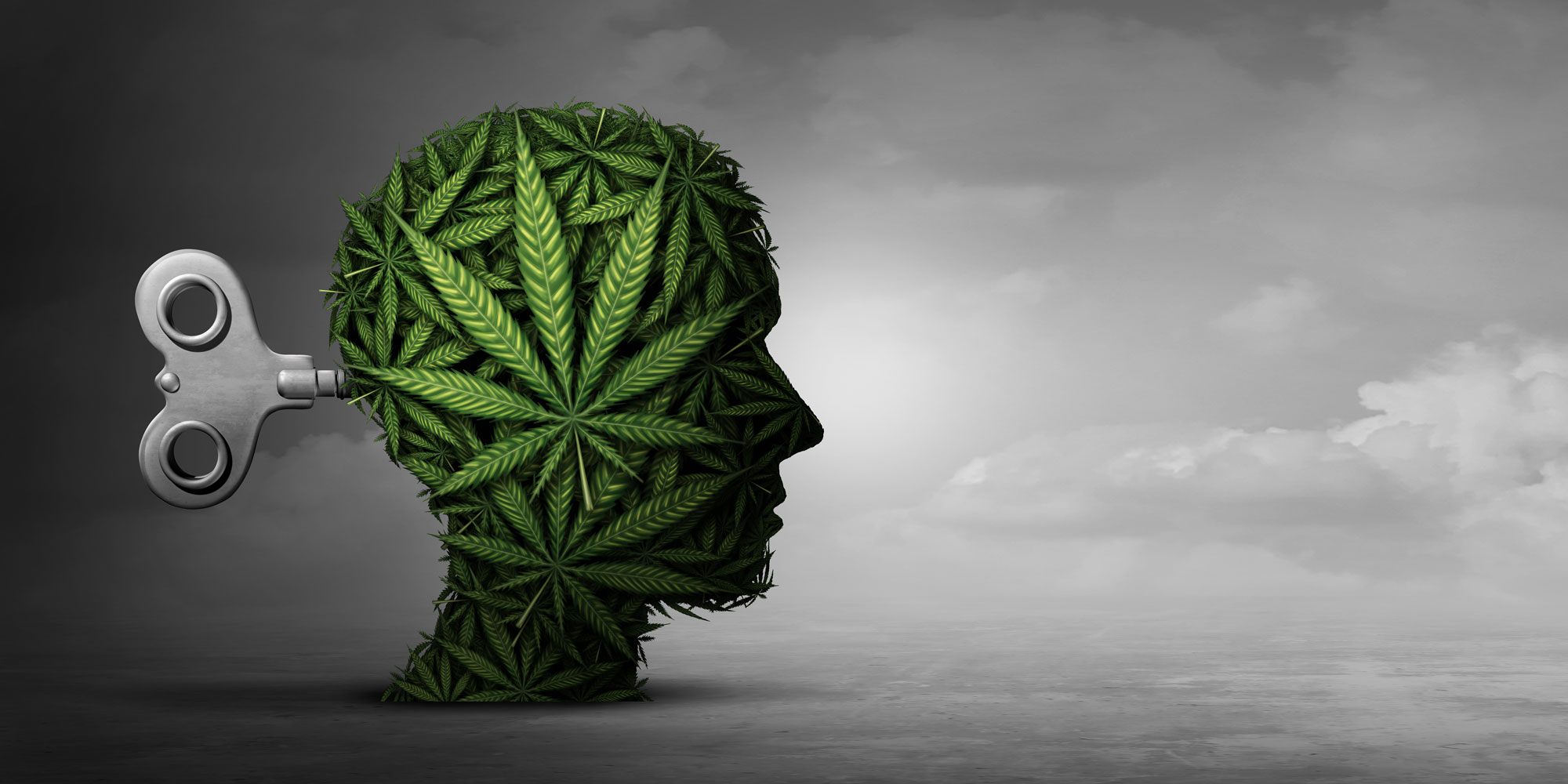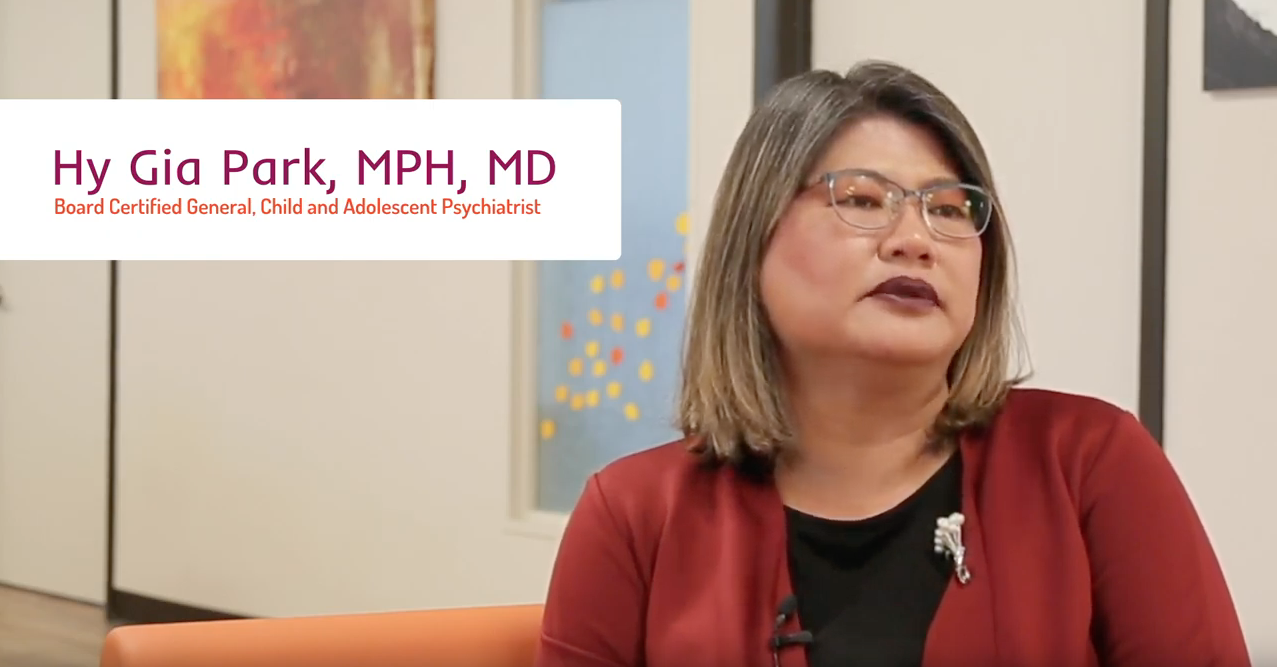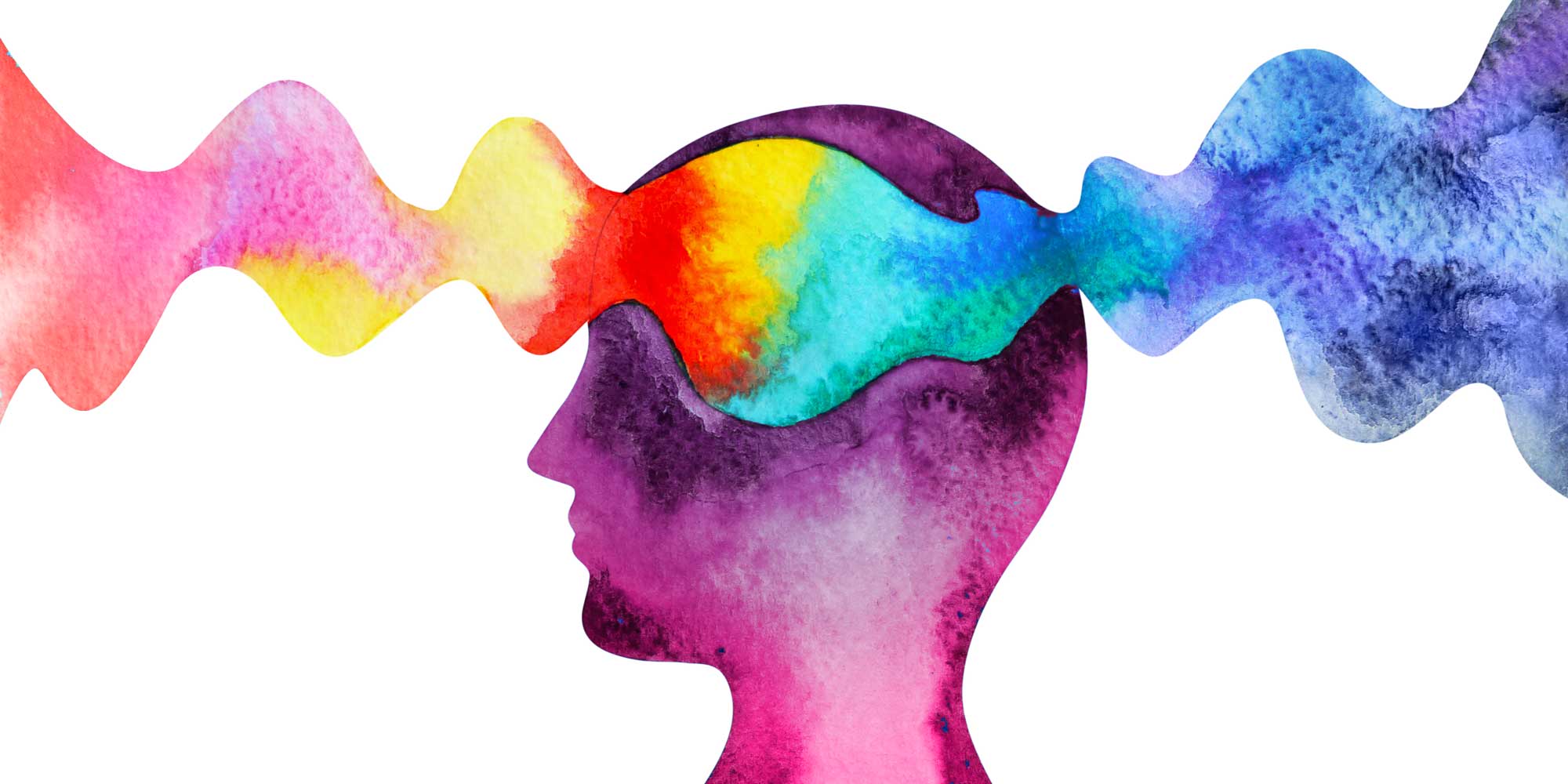Author: Arahant Admin
I thought this blog topic may be of interest to anyone who is seeking alternative depression treatments or may be considering TMS treatment. “How did anyone ever think of using magnets to treat the brain?” I have been asked this question by many of our patients when I am sitting with them to do the informed consent process right before getting their first treatment. The comment that I typically get after going over the history of TMS is, “Geez, if I had known about this, I might have gotten TMS sooner instead of suffering unnecessarily all these years!”
The concept of using magnetic fields to treat disease in the brain traces back over 130 years ago. In 1881, the English physicist Michael Faraday observed that a pulse of electric current passing through a wire coil generates a magnetic field that can subsequently induce electrical activity in a nearby metal coil conductor or neurons (brain cells). Rapid changes in the magnetic field, affects neurons by depolarizing them and making them release the neurotransmitters that regulate brain functions. Because magnetic fields can pass the skull with almost no resistance, TMS can induce relatively large currents in targeted brain areas.
Clinical trials on TMS began in the 1950’s and since then more and more published studies have demonstrated that it can be used therapeutically in depression as well as a variety of other mental illnesses. The first modern TMS device was introduced in 1985 by English physicist Anthony Barker and colleagues. They demonstrated that TMS was capable of stimulating precise areas of the brain in awake and alert human volunteers and without the pain of electrical stimulation. Since 1985, there have been several thousand publications involving TMS. In 2007 a research psychiatrist James O’reardon, MD from the University of Pennsylvania conducted a study using repetitive TMS (rTMS) technology to treat 301 patients with depression. This study showed substantial improvement of patients’ moods (14.2% remission rate in the rTMS group vs 5.5% in the sham group) with an effect size at least comparable to a medication but much better safety and side effect profile. In fact, 4.5% of the rTMS group versus 3.4% of the sham group dropped out the study, most commonly due to scalp discomfort. Because the statistics from this study were questioned by many study reviewers it wasn’t until 2008 that the first rTMS device using a figure-eight coil was finally US Food and Drug Administration (FDA) cleared for the indication of treating depression. Eventually, another large trial funded by the National Institute of Mental Health (NIMH) by Mark George, MD of the Medical University of South Carolina was published with similar results as the 2007 study (14.1% remission rate in rTMS vs 5.1% in sham) and satisfactory statistics.
Meanwhile, another version of TMS, called deep transcranial magnetic stimulation (dTMS) using a newly designed H-coil targeting deeper and larger brain structures was under study at the National Institutes of Health in the late 1990’s and early 2000’s. By 2002, the H-coil was patented, and the procedure whereby the H-coil was applied to TMS became known as Deep TMS. Phase III clinical trials on dTMS treatment of major depression was launched in 2009 and the study was completed in 2012 by Yechiel Levkovitz, MD and his colleagues. They recruited 212 patients with refractory depression who had either failed or could not tolerate anti-depressant medication and treated them over a course of 12 weeks. Their study showed a remission rate of 32.6% in those receiving dTMS versus 14.6% sham treatment group with excellent safety and side effect profiles. These exciting results led the FDA review committee to approve the clinical use of dTMS very quickly in 2013. Then in 2018, the FDA approved dTMS for the treatment of Obsessive Compulsive Disorder (OCD). In Europe, dTMS is CE approved for the treatment of additional neurological and psychiatric conditions:
- Alzheimer’s
- Autism
- Bipolar depression
- Chronic pain
- Post-Traumatic Stress Disorder (PTSD)
- Smoking Cessation
- Multiple sclerosis
- Negative Symptoms of Schizophrenia
- Parkinson’s Disease
- Stroke Rehabilitation
As evidenced above, TMS has evolved into a critical tool in basic neuroscience investigation, in the study of brain disease states, in the treatment of a host of neurological and psychiatric conditions, and in FDA-indications. TMS holds a number of advantages over medications and electroconvulsive therapy (ECT). Unlike medications, TMS does not have systemic effects such as drug-drug interactions, weight gain, sexual dysfunction, nausea, tremors, dry mouth, diarrhea, headaches, constipation, sweating, sleepiness or anxiety. It also does not cause memory impairments observed in ECT treatment because anesthesia or muscle relaxant medication are not used. Patients are awake and alert during the procedure and can resume routine activities right after the treatment is completed. TMS technology has become more accepted and more and more clinics are offering this treatment to patients. To date there has been no long-term side effects of TMS.
References:
George MS, Lisanby SH, Avery D, et al. Daily Left Prefrontal Transcranial Magnetic Stimulation Therapy for Major Depressive Disorder: A Sham-Controlled Randomized Trial. Arch Gen Psychiatry. 2010;67(5):507–516. doi:10.1001/archgenpsychiatry.2010.46
Levkovitz, Y., Isserles, M., Padberg, F., Lisanby, S. H., Bystritsky, A., Xia, G., … Zangen, A. (2015). Efficacy and safety of deep transcranial magnetic stimulation for major depression: a prospective multicenter randomized controlled trial. World psychiatry : official journal of the World Psychiatric Association (WPA), 14(1), 64–73. doi:10.1002/wps.20199
O’Reardon JP, Solvason HB, Janicak PG, Sampson S, Isenberg KE, Nahas Z, et al. . Efficacy and safety of transcranial magnetic stimulation in the acute treatment of major depression: a multisite randomized controlled trial. Biol Psychiatry. (2007) 62:1208–16. 10.1016/j.biopsych.2007.01.018
In the 1960’s Gene Roddenberry created Star Trek to bring his vision of hope and harmony for mankind to life. The world of Star Trek was filled with technological advances that helped humans live better lives by eradicating conflict, famine, poverty and disease. A device called a “communicator” would allow two-way long distance communication without the need for wires. Is this the predecessor to our current cellular phone? Then in Season 1, Episode 9 called “Dagger of the Mind,” “disturbed” individuals seated beneath a strobing light would magically evolve from a violent state to a calm and functional state. Does this technology that treats mental illness even have a modern day equivalent? The answer is yes!
TMS an emerging non-invasive brain stimulation technique that uses magnetic fields to stimulate nerve cells in the brain without the need for medications or anesthesia.
Deep Transcranial Magnetic Stimulation or dTMS is a medical device based on magnetic resonance imaging (MRI) technology that is used to treat depression and obsessive compulsive disorder (OCD). dTMS has been demonstrated in clinical studies to be effective and tolerable for patients with depression and OCD who have not successfully responded to other forms of treatment.
With dTMS, an electromagnetic coil placed adjacent to the scalp is used to apply brief magnetic pulses to the brain. The painless magnetic pulses modulate brain network activity in the region of your brain involved in mood regulation, depression, and anxiety. While the exact mechanism of how dTMS is still unclear, it’s thought to normalize activity in different regions of the brain.
The side effects of dTMS are generally mild to moderate and typically decrease over time with additional sessions. They may include:
- Headaches
- Scalp discomfort at the site of stimulation
- Tingling, spasms or twitching of facial muscles
- Lightheadedness
Serious side effects are rare with dTMS and may include, seizures, mania (particularly in people with bipolar disorder), hearing loss (if there is inadequate ear protection during treatment).
We have provided TMS treatment to patients since February 2018 and the results we have seen with this technology has been impressive. Most of our patients start to notice improvement in their symptoms around the third week of treatment and the most common and significant improvements patients report include:
- Clearer thinking
- Increased energy and motivation
- Decrease in negative thoughts
- Improvement in their ability to utilize therapy skills and concepts
In response to:
Colorado father: “Marijuana killed my son” – SmartColorado.org – March, 2019
This story is tragic and hits particularly close to home because it happened in our community. We’ve seen firsthand how the legalization of cannabis in Colorado has lead to unintended consequences and in this case made this person’s mental illnesses worse, more severe, and contributed to a psychotic episode. In an effort to help some good come from this tragedy we have laid out our approach to treatment which incorporates our addiction psychiatry experience and the latest mental health research and technologies.
We would have taken a three pronged approach (medication, therapy, and technologies such as TMS) to this patient’s illnesses as we have increasingly been conceptualizing treatment for our patients based on stabilization of the neurochemistry of the brain and the neurocircuitry of brain. Our clinics and clinicians have increasingly evolved beyond seeing patients as a series of diagnostic criteria, symptom lists, and/or phenomenological approach to mental health (ie. we have this cluster of symptom that have lasted this long therefore it must be this phenomenon). We get to the “core” or “source” of these problems which is best summarized by this TED talk a patient described to me once:
“The opposite of depression is not happiness, but vitality, and it was vitality that seemed to seep away from me in that moment.”
Andrew Solomon, Depression, the secret we share; TED Talk
Depression is not just “sad” it is the sapping of vitality in the form of growing cognitive dysfunction; and our clinic aggressively addresses this dysfunction via the three pronged approach listed above to address this two pronged problem: dysfunction in neurochemistry and neurocircuitry.
So from the neurochemical view point we would be looking at what are the components that are dysregulating the neurochemical “soup” in which the brain “lives” in and needs in order to do what it does. This would include stabilizing neurotransmitter systems that are being dysregulated by either genetic/endogenous illness (e.g. Major Depressive Disorder, Generalized Anxiety Disorder) as well as “exogenously introduced” illnesses (that interestingly also have a genetic/biological component) called addictive disorders (cannabis dependence in this case). We would stabilize the dysregulation caused by these “co-occurring conditions.” However, just like in other fields of medicine (but unlike other clinics in mental health and substance abuse), we don’t ignore one set of illnesses until the other one is “stable;” in this way it is just like how the primary care physician does not just ignore the diabetes until the hypertension is better, we would address both simultaneously. We would address both the cannabis use disorder AND what sounds like Major Depressive Disorder for this patient simultaneously. And we would be looking at the MDD as more than “is the patient happy or sad” we would be assessing the patient’s cognitive functioning along the way as that is the problem with ALL psychiatric illnesses: it is not whether or not the patient is “happy” “sad” “nervous” (as those are normal emotions) we would see in what way anxiety, depression, and cannabis usage are adversely affecting brain functioning. In order to improve brain functioning, though, we go beyond just addressing the “soup” like other clinics, we look at and address the “wiring” or neurocircuitry of the patient.
That is why we dive into evidence-based therapies for our patients, such as Cognitive Behavioral Therapy (CBT), Dialectical Behavioral Therapy (DBT), Motivational Interviewing (MI), and Acceptance and Commitment Therapy (ACT) and other mindfulness based therapies. Using these therapies helps to improve the neurocircuitry. Additionally, we use cutting edge technology such as Transcranial Magnetic Stimulation (TMS) to further stabilize the “neurocircuitry” as well. Again we look beyond “happy” and “sad” because those aren’t problems. We look at what is called “executive functioning” meaning the circuits of the front part of the patient’s brain that are involved in decision making, impulse control, and is the seat of personality for patients and address those areas through therapies and TMS. By addressing both the neurochemistry and neurocircuitry we improve how the patient’s brain is functioning in all the arenas that do truly lead to “happiness” and “serenity.” By improving cognition we improve how the patient “works” “plays” and “loves” as these areas of life are what truly determine “happiness” and “serenity;” we see “pills” as the tools to improving cognition, and improved cognition (not just pills) leads to true “happiness” and “serenity.”
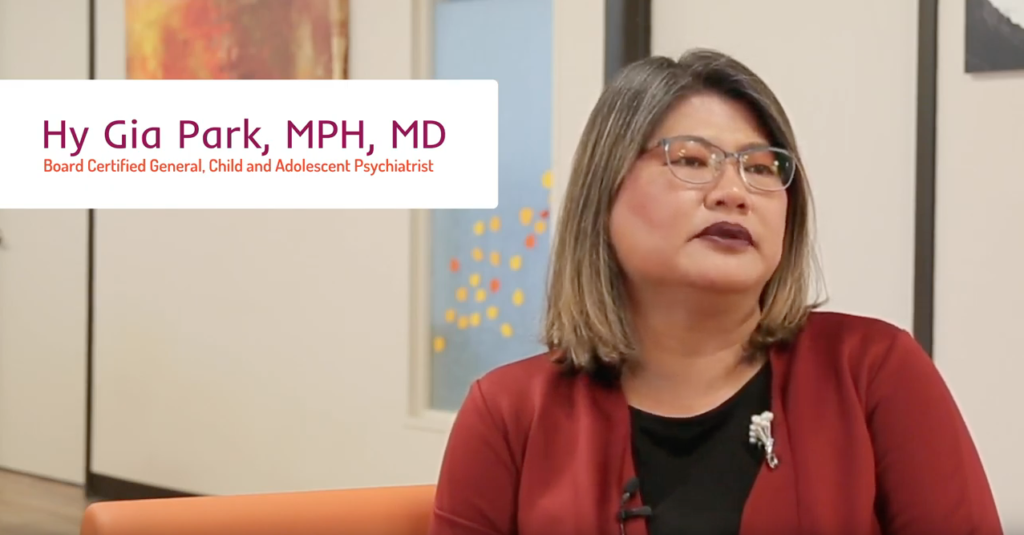
Transcript:
Mental health is a crisis impacting our youth in our community as a whole suicide is the seventh leading cause of death in Colorado with three of our neighbors taking their own life every day.
Each suicide costs Colorado 1.2 million dollars – that doesn’t include the pain and suffering of loved ones.
Successful treatment only costs 1% of that for the recommended two-year period it takes to stabilize mental illnesses.
It is worth the investment to help people, and we can avoid having to pick up the pieces after a preventable tragedy.
I’ve heard you say that mental illness and substance abuse are often co-occurring conditions.
942 deaths from substance abuse, 528 of which are deaths from opioids.
Opioid addiction costs Colorado over 750 million dollars each year with 78 percent of cost in lost productivity.
We founded Agami Mental Wellness to face this crisis head-on and help people end the cycle of pain created by mental health and substance abuse issues.
We recognize that mental health and substance abuse are medical illnesses just like cancer and diabetes and that they affect all demographics of the population.
Treatment should be compassionate and science-based.
We use the latest medications, psychotherapies, medical foods and innovative technologies such as genetic testing and transcranial magnetic stimulation to achieve measurable improvements in the lives of our patients and their families.
We have treated over 430 patients in the last two years.
Helping one person has an enormous ripple effect that spreads to family friends and the community.
It really takes a whole community working together to solve these problems – first responders, insurance carriers, our financial institution 1st Bank, employers, and families have all played an integral role in helping us at Agami grow our business and spread our vision of hope through innovation.
Response to:
Treating autism: Gut bacteria may offer a treatment for autism
https://www.economist.com/science-and-technology/2018/12/08/gut-bacteria-may-offer-a-treatment-for-autism
I have often been asked by many of the parents and caregivers of my patients with Autism Spectrum Disorder (ASD) about using probiotics, supplements of live “good” or “helpful” bacteria, in treating these conditions. They have seen the wonders of probiotics touted as effective and safe treatments and some even claim to cure autism. Here’s how I usually respond to these inquiries. First off, I love it when caregivers and family members actively take part in the care team with me because a collaborative approach to care benefits everyone. Secondly, I think it is great that people are getting more informed about potential breakthroughs in the science of understanding and treating autism. There have been breath through findings and promising research being done on the association between gut microbiome and ASD. However, I would caution that the current data does not support the indiscriminate use of probiotics in treating ASD. In fact, many of the researchers in this field of work frequently conclude in their published articles that probiotics in the treatment of ASD have potential. It is far from being a panacea.
While it has been three quarters of a century since ASD was first identified by Leo Kanner, an Austrian-American psychiatrist from Johns Hopkins University in 1943, there is yet no known definitive cause or cure. The number of cases of ASD continue to surge, with the United Nations estimating that 1-2% of the entire world population falls on the autism spectrum. Additionally, in April 2018, the Centers for Disease Control (CDC) announced that the prevalence of ASD in the US has increased by 15 percent from 2016 go 2018; 1 in 68 children in 2016 to 1 in 59 children in 2018. Furthermore, these statistics don’t even take into account all the associated “costs” to society, communities, families, and individuals to provide proper care and support services for these individuals.
With these astonishing statistics, I can understand the strong desire to find a “silver bullet,” particularly parents and caregivers who, on a day to day basis, have to manage the medical conditions (seizures and gastrointestinal problems), behavioral challenges (aggression, self-harming behaviors, and repetitive behaviors), and mental conditions (anxiety, attentional difficulties, and depression) that commonly co-occur with ASD. I am also sympathetic to them for wanting to relieve their loved ones discomfort, distress and suffering. The headlines are filled with exciting promises that probiotics can ameliorate many of these medical, behavioral, and psychiatric symptoms. Take for example the December 2018 article from the Economist “Gut bacteria may offer a treatment for autism,” where it is reported that “introducing a particular bacterium into the guts of mice that display autistic symptoms can abolish some of these symptoms.” Mauro Costa-Mattioli and his colleagues of Baylor College of Medicine found that when administered Lactobacillus reuteri, a bacteria commonly found in healthy digestive tracts, to mice with autism-like traits, their repetitive behaviors stopped and they began to socialize and communicate more with other mice. What makes this finding even more enticing is that L. reuteri is widely available and its availability is actually approved by the Food and Drug Administration (but not for treatment of ASD). A few words of caution before you head off to the health food store to stock up on your supply.
First word of caution. While the link between the bacterial flora in the gut and ASD is not a recent finding, what we do know on this subject is still rudimentary and has not been well studied in humans. Since the 1960’s, our knowledge base on ASD has expanded quite considerably. The discovery that the types and quantities of bacteria found in individuals with ASD was different from individuals who didn’t have ASD came from examining fecal samples of human beings. However, many of the studies on probiotics as potential treatment for ASD have been done on animals. In fact, the knowledge we currently have from six decades of research has mainly come from mice models, including the study mentioned in the Economist article. It would be too premature to apply these findings to human beings because mouse brains aren’t the same as human brains, and mouse microbiomes, the microorganisms found in the gut, aren’t the same as human microbiomes. What we can take from these preliminary findings is that there is rationale to continue research efforts in this subject area, especially with human subjects. We are in need of more multi-center, large-sample size, randomized controlled trials.
Caution number two. The association between the gut and ASD involves many intricate, nuanced and sensitive processes. Just the mere act of introducing more bacteria back in to the mix can disturb or even disrupt this complex gut-brain axis. There are millions of neurons in the brain and the gut that comprise a communication system called the gut-brain axis, which allows for bidirectional exchange of information between these two organs. The body of evidence is increasingly showing that complex functions of the immune, endocrine, and nervous systems involved in the gut-brain axis participate in the development of ASD. One theory, the “leaky gut” theory, proposes that there are defects in the barriers of the gastrointestinal tract that allow toxins and bacterial matter to enter the bloodstream, subsequently reaching the brain. What this means is that what happens in the gut will essentially affect brain development and function. We currently know too little about the entire cascade of events that occur in this axis to safely predict that self-administration of probiotics would result in only positive outcomes without upsetting the balance and inner-workings of the gut-brain axis.
A third point of caution is that even probiotics can be overly used. We can use our experiences with the discovery of the wonder drug penicillin as a cautionary tale. Indiscriminate use of antibiotics for all infections, regardless of whether they are of bacterial origin or not, led to widespread antibiotic-resistant bacteria and even the emergence of deadly “superbugs,” like methicillin-resistant Staphylococcus aureus (MRSA). Overuse use of probiotics, just like in the case of antibiotics, could potentially diminish or eliminate their usefulness as a treatment intervention. Worse yet, it could lead to another “superbug”-like situation where the original problems we were targeting with the treatment become even more difficult to treat.
Final word of caution. Probiotics are considered dietary supplements and are therefore, not monitored or regulated like medications are by the FDA. The lack of quality control means that the probiotics on the market are not equal. You may not be getting what you think you are purchasing, or the product may not even contain “live” probiotics in it, or it even be mixed with potentially harmful bacteria. For individuals with cow’s milk allergies, remember that probiotics are cultured from cow’s milk and can cause serious potentially life-threatening allergic reactions. In the famous words of Forest Gump, “you never know what you’re gonna get.”
However, if you are still intent on giving probiotics, here are a few recommendations I have. First and foremost, carefully consider the symptoms you are hoping probiotics will improve, such as constipation, diarrhea, abdominal pain, or reflux, for example. Avoid concentrated supplements and instead try a “probiotic” designated yogurt. Read the label to ensure that amounts of viable microorganisms in the supplement are in the billions. If you don’t see any improvement in symptoms you are monitoring after a couple of weeks, stop the treatment to prevent any potential unwanted negative side effects.
References:
Frye, Slattery, MacFabe, Allen-Vercoe, Parker, Rodakis, Adams, Krajmalnik-Brown, Bolte,Kahler, Jennings, James, Cerniglia & Midtvedt (2015). Approaches to studying and manipulating the enteric microbiome to improve autism symptoms, Microbial Ecology in Health and Disease, 26:1, 26878
Jack, Gilbert & Krajmalnik-Brown, Rosa & Porazinska, Dorota & J Weiss, Sophie & Knight, Rob. (2013). Toward Effective Probiotics for Autism and Other Neurodevelopmental Disorders. Cell. 155. 1446-8. 10.1016/j.cell.2013.11.035.
Mulle, Sharp, & Cubells (2013). The gut microbiome: a new frontier in autism research. Current psychiatry reports, 15(2), 337.
Navarro, Liu, & Rhoads(2016). Can probiotics benefit children with autism spectrum disorders?. World journal of gastroenterology, 22(46), 10093-10102.
“Mindfulness means paying attention in a particular way,
on purpose, in the present moment non-judgmentally.”
Jon Kabat-Zenn
Our day-to-day existence consists of multitasking, many of which are automatic routines, so we often find that our attention is not within our realm of control. It’s like our minds have a mind of their own. Having the ability to guide or direct our awareness intentionality is key to wellness and wellbeing because it allows us to be more fully engage and participate in our lives. It takes practice to hone your attentional skills and this 3-minute breathing space (3MBS) is a wonderful way to train your brain to get better at targeted awareness.
Developed to be a moment-to-moment practice in Mindfulness-Based Stress Reducation (MBSR), 3MBR emphasizes the mental tasks of shifting attention, checking in, and moving on. It provides a way to break out of auto-pilot mode and reconnect with yourself and the environment around you at that particular moment as you find it. One minute each is spent on widening awareness, narrowing awareness, then back to widening awareness. There are three steps to the practice:
- Attend to what is. Notice broadly one’s current moment experience as a whole without changing what is being observed.
- Focus on the breath. The field of attention is now focused on just the breath in the body.
- Attend to the body. Widen attention again to include the body as a whole and any sensations that are present. Again without changing anything that is being observed.
Basic Instructions
- Arriving
- Bring yourself into the present moment by sitting in a dignified posture.
- If comfortable, close your eyes, or close them half way focusing a few inches or feet in front.
- Ask yourself:
- What is my experience right now… my thoughts… my feelings… my bodily sensations?
- Non-judgmentally, and with a sense of curiosity, observe, acknowledge, and identify your experience, even if it is unwanted or uncomfortable.
- Gathering
- Now, gently redirect your full attention to your breathing. Focusing on each in-breath and each out-breath as they follow, one after the other.
- Focus your attention on the exact moment that the inhale transitions to the exhale and the exhale transitions to the inhale.
- Expanding
- Now, expand the field of your awareness around your breathing, so that it includes your whole body, including your posture and facial expression.
- Notice the present moment of your thoughts because they are your thoughts. Nothing else.
- Notice the present moment of your feelings because they are your feelings. Nothing else.
- Notice the present moment of your bodily sensations because they are your sensations.
Nothing else.
Remember, your breath can function as an anchor you into the present moment and help you tune into a state of awareness and stillness.
End your practice by taking a deeper than normal cleansing breath and return to your everyday sense of awareness, bringing with you a little bit of something that maybe wasn’t there before.



